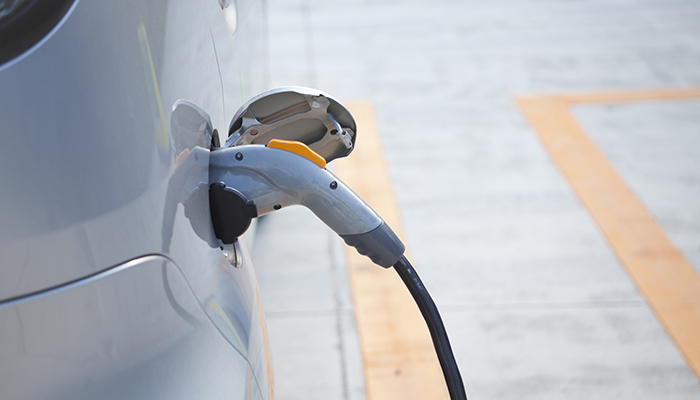- EVs
- Tesla
- Incentive Programs
- EV Charging Infrastructure
- Public Charging
What Tesla Giving Up Exclusive Charging Says about the Dynamic EV Landscape

The walls around Tesla’s guarded ecosystem are falling. To help meet the Biden administration’s nationwide goal of 500,000 EV chargers by 2030, Tesla has agreed to open 7,500 of its US-sited stations to the public by the end of 2024. Tesla’s move represents a win for the company, the US government, and consumers searching for additional locations to power up their EVs.
Tesla Is Now Subsidy Eligible
Tesla’s decision to open its proprietary EV supply equipment (EVSE) is not fueled by altruism—it can be attributed to billions of dollars in federal incentives available through the National Electric Vehicle Infrastructure (NEVI) Formula Program. NEVI extends $5 billion of the total $7.5 billion allocated to EVs under the 2021 Bipartisan Infrastructure Law to build out charging stations across US highways. Tesla will use the funding to retrofit a portion its network with the Combined Charging System (CCS) ports mandated by the NEVI program and used by most light duty EVs.
Eroding a Competitive Edge?
While Tesla’s customer-exclusive chargers have been a key purchasing motivation in the past, the company may be able to boost revenue by opening its network. Extrapolating from a top-end assumption that each Supercharger serves 15 EVs per day, Tesla can expect that making 7,500 250 kW Superchargers public could bring $431 million in additional revenue. However, this represents only around 7% of the company’s reported $6.1 billion “services and other” revenue for 2022—emphasizing the significance of unlocking NEVI funding.
At the least, the move will enable Tesla to increase its competitiveness with national EVSE operators ChargePoint, CharIN, and EVgo. Tesla has outlined the process for accessing its public chargers:
- Non-Tesla EVs can reserve a stall, unlock the CCS charger, pay a higher rate than Tesla owners, and monitor the charging progress from a mobile app. A $12.99 monthly membership option is available that gives access to the base kilowatt-hour rate already granted to Tesla owners.
- Tesla owners can use the stations as normal thanks to the Magic Dock, which will only unlock the proprietary Tesla plug type.
Need for Industry Alignment
The public expansion of Tesla’s EVSE network may signal a landscape shift as EVs become increasingly entrenched in the market. A recently released EV Acceleration Challenge fact sheet demonstrates that private-sector NEVI efforts are in nascent stages and accelerating rapidly. However, while rolling out the Magic Dock program requires minimal upgrades, Tesla’s network may not be prepared for more EVs.
EV charging stations are typically set up as drive-in parking spots, which are less efficient than the pull-through stations used for traditional fueling. Additionally, variation in vehicle charge port locations potentially decreases the effective capacity of EVSE stations. For example, plugging in a Rivian R1T to a Tesla Supercharger requires two open spaces, while Ford’s F150 Lightning must be pulled up inches from the Supercharger to successfully reach the charging port. Internal combustion engine (ICE) vehicle safety regulations require the fill pipe to be located at the widest point of a car, usually near the passenger section, but no equivalent location requirement exists for EVs today.
This misalignment among brands highlights the need for standardization and industry agreement on a host of factors, including charging methods, port location, and cord length. New communication standards such as SAE J2847/2 for bidirectional charging are expected to enable greater energy security, flexibility, and a more reliable power grid; as EVs become integrated into consumer lifestyles, similar standardization efforts are needed in the public charging space to achieve the unified consumer experience already offered by ICE automakers.
To find out more about EV charging, including market forecasts and technology trends, check out Guidehouse Insights’ Vehicle Charging reports.